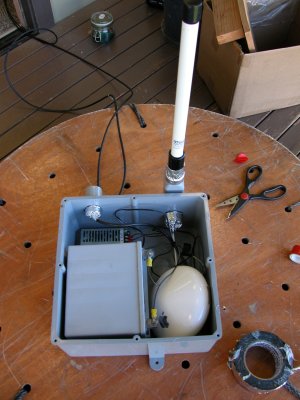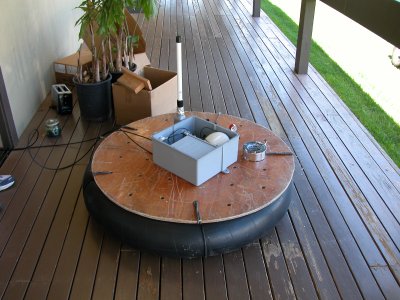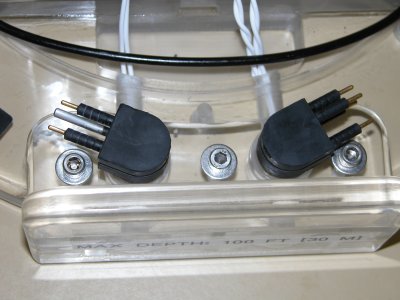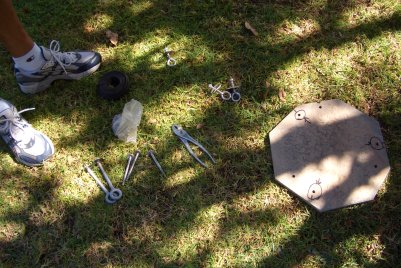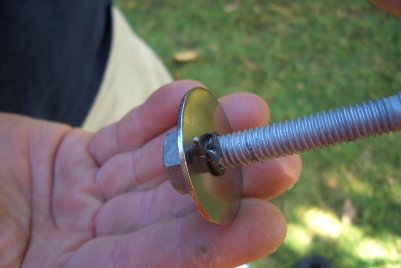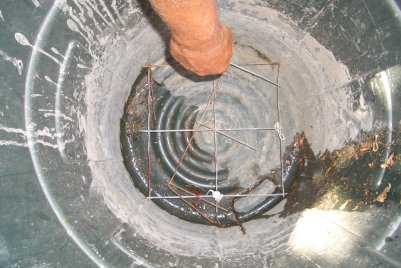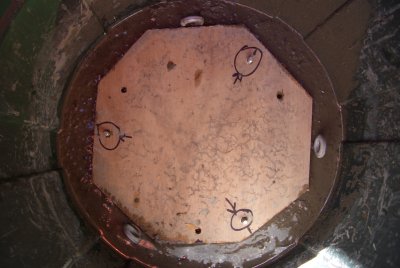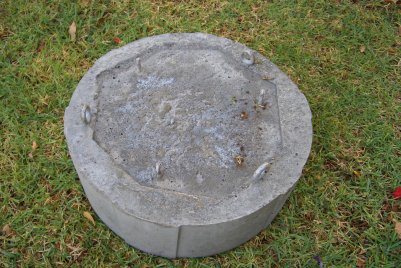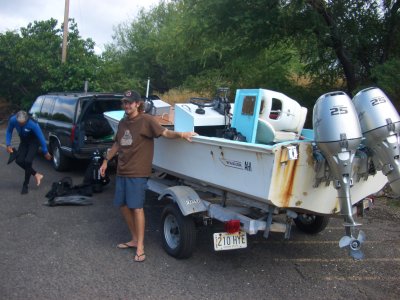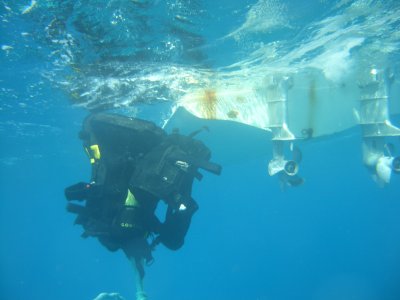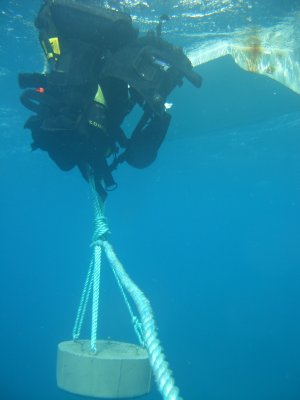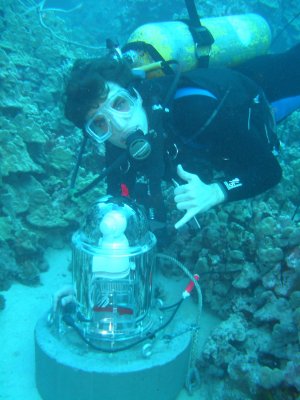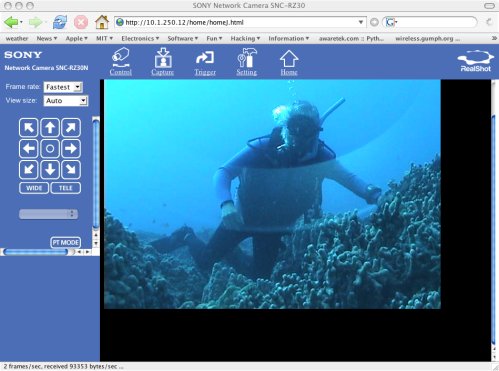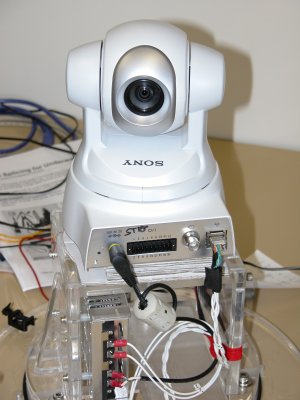
This June I returned to my high school in Hawaii for a vacation. I got bored after a while, so I met up with my friend Marc Rice to work on a fun project.
A while ago we worked together installing several remote cameras in neat locations for turtle observation. We often talked about how cool it would be to set up something underwater to observe a turtle cleaning station. In my absence, he had Sexton Photographics build us a custom housing for the Sony SNC-RZ30N network camera we'd used in the past. So, when I came back to Hawaii, we were excited to work together deploying the housing in the field.
The housing is rated to 100 feet and has wet-pluggable connectors. There is enough space in the interior of the housing for a power supply (9V-15V input, 12V output) and a battery, if desired. Overall, we found the housing to be very well built and robust, although there are a few design changes I'd make for the next version.
